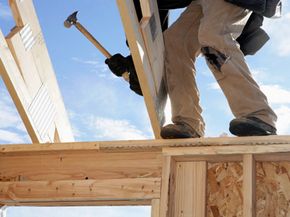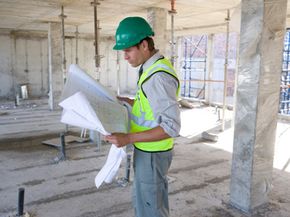Key Takeaways
- Wood, brick, stone, concrete and iron/steel are five long-lasting building materials that have been used throughout history to construct durable structures, from ancient temples to modern skyscrapers.
- Each material has unique properties: wood is versatile and lightweight, brick is durable and weather-resistant, stone is impressively strong and can last for centuries, concrete is flexible and can be formed into various shapes, and iron/steel provides strong support for tall buildings.
- Despite their durability, these materials have limitations, such as wood's vulnerability to fire and termites, and stone's heavy weight and quarrying challenges. Yet they continue to be valued for their aesthetic and structural qualities in modern construction.
Around 10,000 years ago, man started to make fundamental changes in the way he lived. Slowly moving away from a nomadic lifestyle, he started staying in one place for longer periods. This was probably due to the ending of the last ice age creating more abundant resources. Man didn't have to travel as far to find food, so he stayed where food was plentiful. Over time, a more settled lifestyle brought some challenges with it. Instead of having to find caves or create makesift shelters from animal skins for protection from the weather, man started to look for more durable materials with which to build long-lasting dwellings [source: Castleden].
Over time, man has used a variety of materials, and they help to paint a picture of our ongoing quest to make long-lasting structures to meet our changing needs. The evolution of architecture meets those challenges and handles the cultural perception of what those buildings should look like and how they should be used.
Advertisement
In the next few pages, we'll take a look at five materials that man has relied on to build homes, halls, temples and many other types of structures. All five are still used today, and knowing something about them will help us make the historic leap from mud huts and tents to skyscrapers that can shelter thousands.
First up, lets take a look at the ever-versatile building material of man and termites alike: wood.


